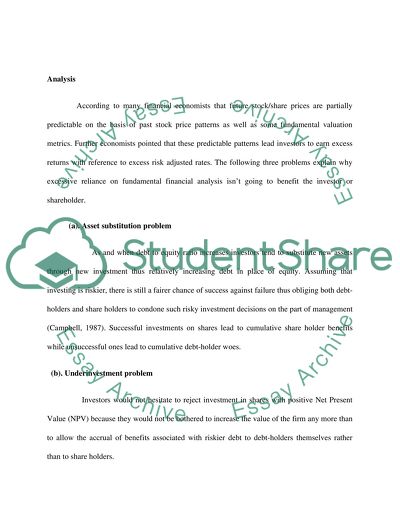Cite this document
(“Efficient Market Hypothesis Case Study Example | Topics and Well Written Essays - 2000 words”, n.d.)
Retrieved from https://studentshare.org/miscellaneous/1528352-efficient-market-hypothesis
Retrieved from https://studentshare.org/miscellaneous/1528352-efficient-market-hypothesis
(Efficient Market Hypothesis Case Study Example | Topics and Well Written Essays - 2000 Words)
https://studentshare.org/miscellaneous/1528352-efficient-market-hypothesis.
https://studentshare.org/miscellaneous/1528352-efficient-market-hypothesis.
“Efficient Market Hypothesis Case Study Example | Topics and Well Written Essays - 2000 Words”, n.d. https://studentshare.org/miscellaneous/1528352-efficient-market-hypothesis.


